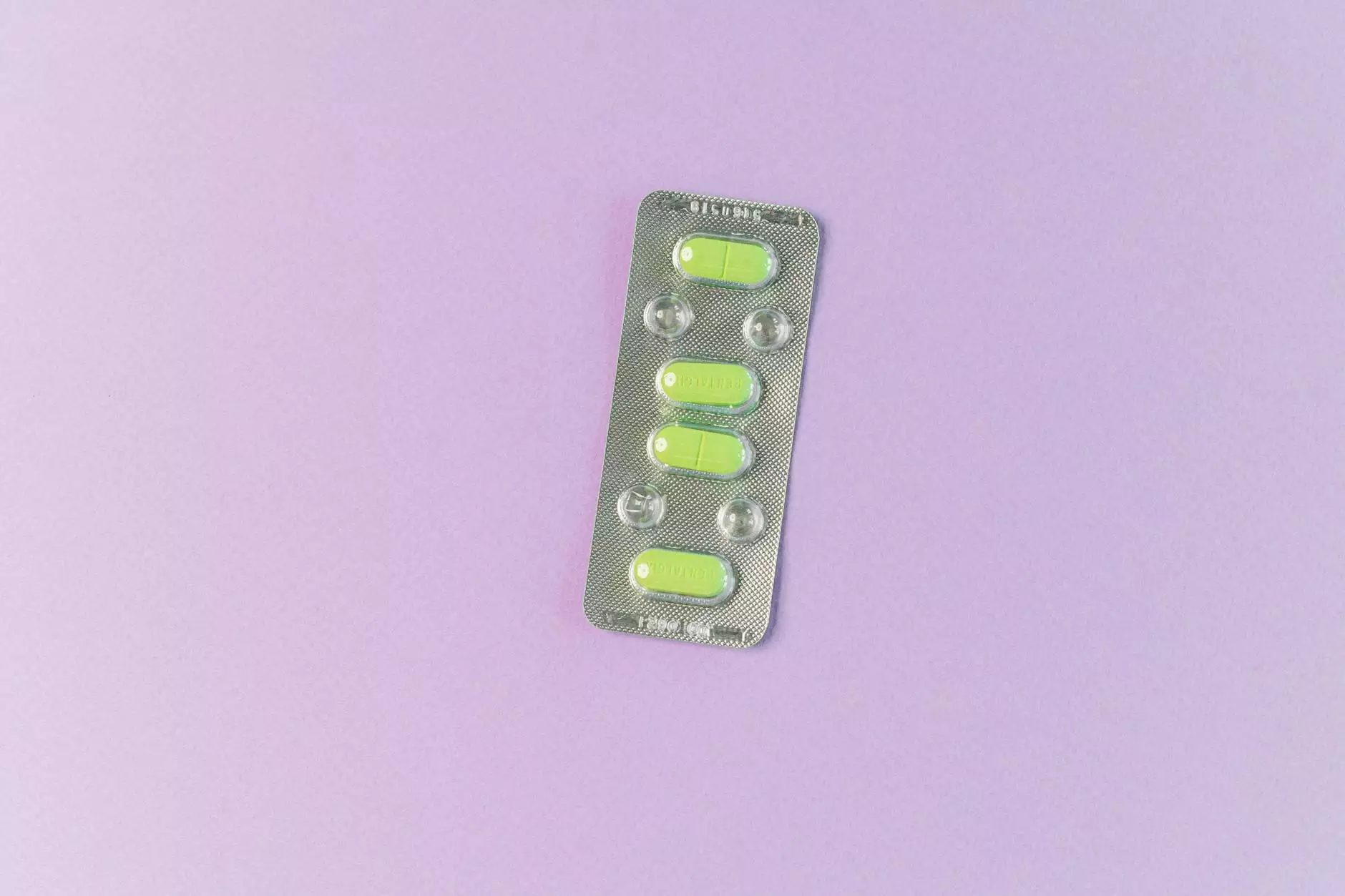Essential Guide to MRI Medical Device Maintenance

MRI medical device maintenance is a critical aspect of healthcare that ensures the safety, accuracy, and reliability of diagnostic imaging equipment. As medical technology continues to evolve, the need for meticulous inspection and upkeep of these complex machines has never been more paramount. This article delves into the significance of MRI device maintenance, the components involved, best practices, and how organizations can ensure compliance with regulatory standards.
The Importance of MRI Medical Device Maintenance
Magnetic Resonance Imaging (MRI) machines are invaluable in modern medicine, providing detailed images crucial for diagnosing a variety of conditions. Regular maintenance of MRI medical devices is essential for several reasons:
- Enhanced Performance: Maintaining the efficiency of MRI machines ensures they operate at peak performance, providing high-quality images needed for accurate diagnosis.
- Patient Safety: Proper maintenance minimizes the risks associated with malfunctions. A well-maintained MRI machine ensures safe usage for patients.
- Cost Reduction: Regular checks can identify potential issues before they become costly repairs. Preventive maintenance ultimately saves money in the long term.
- Regulatory Compliance: Following established protocols helps maintain compliance with healthcare regulations, protecting organizations from legal issues.
Key Components of MRI Systems That Require Maintenance
To achieve optimal performance, it is crucial to understand the components of MRI systems that require regular attention:
1. Magnet System
The magnet is the heart of the MRI machine, producing a strong magnetic field that is essential for imaging. Regular inspection of the magnet system ensures there are no variations in field strength or stability, which can greatly impact image quality.
2. Gradient System
The gradient system adjusts the magnetic field in specific areas, enabling detailed imaging. Regular maintenance checks are crucial to ensure the gradients are functioning accurately and not contributing to image distortions.
3. RF System
The radiofrequency (RF) system transmits and receives signals that create the images. A comprehensive maintenance program should include tuning and calibration of the RF coils to guarantee precision in imaging.
4. Cooling System
Cooling systems are vital for the operation of MRI machines. They prevent overheating and maintain an optimal environment for various components. Regular checks help avoid unexpected shutdowns or damage.
Best Practices for MRI Medical Device Maintenance
Adopting systematic maintenance practices is vital for any healthcare facility using MRI technology. Below are some best practices for ensuring the effective maintenance of MRI medical devices:
1. Develop a Preventive Maintenance Schedule
A preventive maintenance schedule includes regular inspections and checks based on manufacturer recommendations. This schedule should be adhered to meticulously to ensure all components are functioning as expected.
2. Train Your Staff
Ensure that all technicians and operators are adequately trained in MRI medical device maintenance. They should understand machine operation, routine checks, and how to report any irregularities.
3. Keep Documentation Updated
Maintain accurate and detailed records of all maintenance performed. Documentation should include dates, issues identified, solutions implemented, and parts replaced. This practice aids in tracking the performance and longevity of the MRI machine.
4. Engage Qualified Service Providers
Partnering with qualified service providers for specialized maintenance tasks ensures that the work is completed by experts familiar with the latest technologies and protocols.
Challenges in MRI Medical Device Maintenance
While the benefits of regular maintenance are clear, healthcare facilities may face specific challenges:
- Cost Implications: Initial costs of maintaining MRI devices can be significant, especially for smaller practices. However, these costs are often outweighed by the long-term savings associated with preventing major breakdowns.
- Technological Advancements: Rapid advancements in MRI technology can make it challenging for facilities to keep up-to-date with maintenance knowledge and practices.
- Regulatory Burden: Navigating the complex landscape of medical regulations can be daunting. Facilities must ensure compliance with FDA and other regulatory bodies to avoid penalties.
The Future of MRI Medical Device Maintenance
With the healthcare landscape continuously evolving, the future of MRI medical device maintenance is promising:
1. Integration of AI and Machine Learning
Emerging technologies like artificial intelligence (AI) and machine learning are starting to play a role in predictive maintenance. These technologies can analyze data to predict when maintenance should be performed, thus enhancing efficiency and effectiveness.
2. Enhanced Remote Monitoring
Remote monitoring solutions allow for real-time assessment of MRI machines, alerting technicians to potential problems before they escalate. This capability not only improves uptime but also enhances patient safety.
3. Increased Focus on Cybersecurity
As MRI machines become more interconnected, ensuring their cybersecurity is critical. Regular maintenance will include updating software and safeguards to protect patient data and ensure compliance with healthcare regulations.
Conclusion
In conclusion, MRI medical device maintenance is a fundamental aspect of healthcare that affects both patient safety and operational efficiency. By adhering to best practices, maintaining compliance, and embracing new technologies, healthcare facilities can ensure that their MRI devices remain reliable and efficient over time. This commitment not only enhances patient care but also optimizes the overall functionality of medical imaging departments.
For further information on enhancing your understanding and practices in MRI medical device maintenance, explore resources or consult with professionals in the field. Elevating the standard of care starts with maintaining the excellence of diagnostic equipment.









